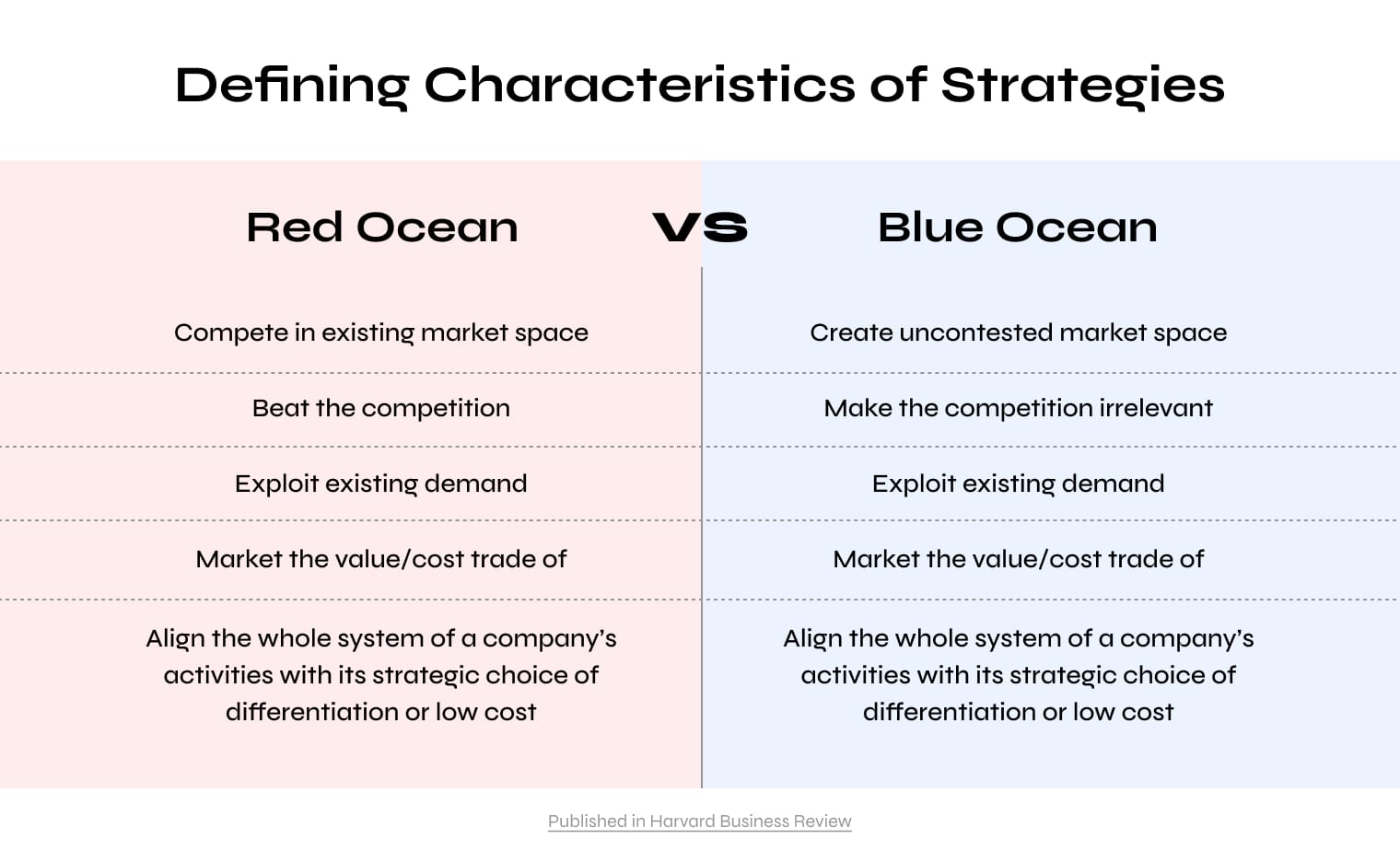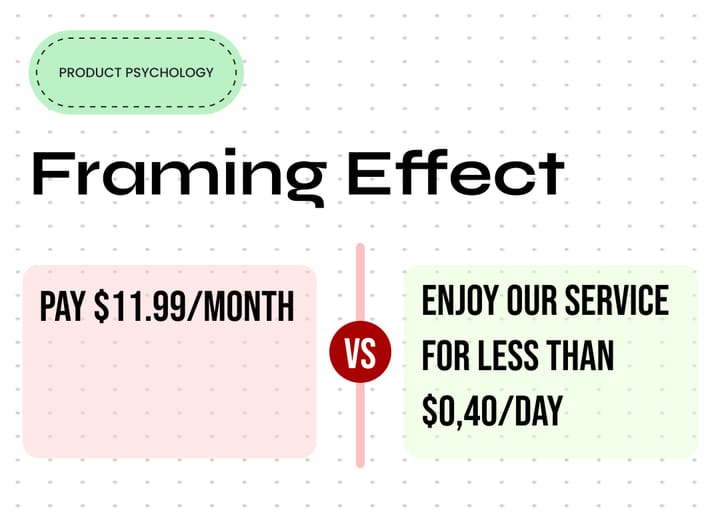Navigating Uncharted Waters: Crafting Your Blue Ocean Strategy

Have you ever wondered how some companies manage to stay ahead of the competition and create new markets no one else is in? It's a question that often pops up when we see certain businesses breaking away from what everyone else is doing and finding their own paths to success. How do they do it? What's their secret to not just keeping up, but changing the game entirely? In the world of business strategy, these trendsetters aren't just playing by the rules – they're rewriting them completely. It's a fascinating phenomenon worth exploring, and that's exactly what we're about to dive into.
"In a world of change, the learners shall inherit the earth, while the learned find themselves beautifully equipped to deal with a world that no longer exists." - Eric Hoffer
Blue vs Red Ocean Strategy
Blue Ocean Strategy
Refers to a calm and clean unexplored sea, which represents a new uncontested market space where companies can create demand for their product or service rather than fighting with other competitors for a piece of a market. Doing so means that you have to find your potential users needs and align the product to meet those needs in a unique way. As an example, you can think of all the markets that didn't exist before, such as the content creator economy, or the electric vehicle market. Another famous example that is also mentioned in the book is Southwest Airlines, which created a new market space by offering low-cost, no-frills air travel to customer who were price-sensitive. By eliminating certain features, such as assigned and in-flight meals, Southwest was able to reduce costs and offer affordable air travel to a new segment of customers.
Red Ocean Strategy
On the other hand, the red ocean strategy refers to a bloody ocean where there are many sharks fighting for the same purpose, which represents the existing marketplace where companies compete with each other for a market share. As an example, you can think of the mobile device market, where companies compete with each other based on features and price for a bigger share of the market.

The most important component of the Blue Ocean Strategy
What is the main element of a blue ocean strategy that is required to guide the creation of a blue ocean strategy? Based on a long data gathering about blue oceans that didn't exist in the past, it turned out that blue ocean markets are not about innovation, which means that leading-edge technology is not the main defining factor but sometimes is involved. This is also more often applied to technology-intensive industries. Blue oceans are created by linking existing or new technology with what buyers value.
Blue Oceans in Startups vs Existing Companies
While the majority of starups target for a blue ocean market in order to become the next unicorn, that doesn't mean that existing companies can't do the same. In the case of existing companies, blue oceans are usually made within their core business in order to make them differentiate from the competition. While existing companies can't take the same level of risk as startups, they utilise techniques such as restricted lunch of features or services in a smaller part of their market audience in order to see how their clients perceive them and how the market responds to be in a position to eliminate risk in case this goes wrong. As an example, you can think of instagram where they release specific features to specific countries first in order to gather user usage data and understand if their new addition is perceived and adopted as expected.
"The essence of strategy is choosing what not to do." - Michael Porter
The 4 Actions Framework to shift to a Blue Ocean Strategy
This framework, as delineated in the Blue Ocean Strategy Book, stands as a fundamental tool. It revolves around identifying four critical areas where a company can strategically position itself to develop a Blue Ocean Strategy:
- Eliminate:
- Identify and remove non-essential industry norms that don't add significant value to customers.
- Reduce:
- Simplify or scale back features that are considered standard, but not crucial, to reduce costs and streamline operations.
- Raise:
- Enhance aspects of your offering that are valued by customers but currently under-delivered by the industry.
- Create:
- Introduce entirely new value propositions or innovative solutions not currently offered in the market.
Last things to consider
Blue Ocean Strategy offers a transformative approach for businesses aiming to surpass the competition and establish a fresh, uncontested market domain. By leveraging the Four Actions Framework to pinpoint strategic differentiators, companies can forge a distinctive value proposition tailored to the preferences of a novel customer segment. With the insights shared in this article and the wisdom of Blue Ocean Strategy at your disposal, you have the tools to create your own blue ocean strategy. This empowers you to reshape your competitive landscape and seize new opportunities for innovation and prosperity.
Happy Strategizing 🧭🕵️


